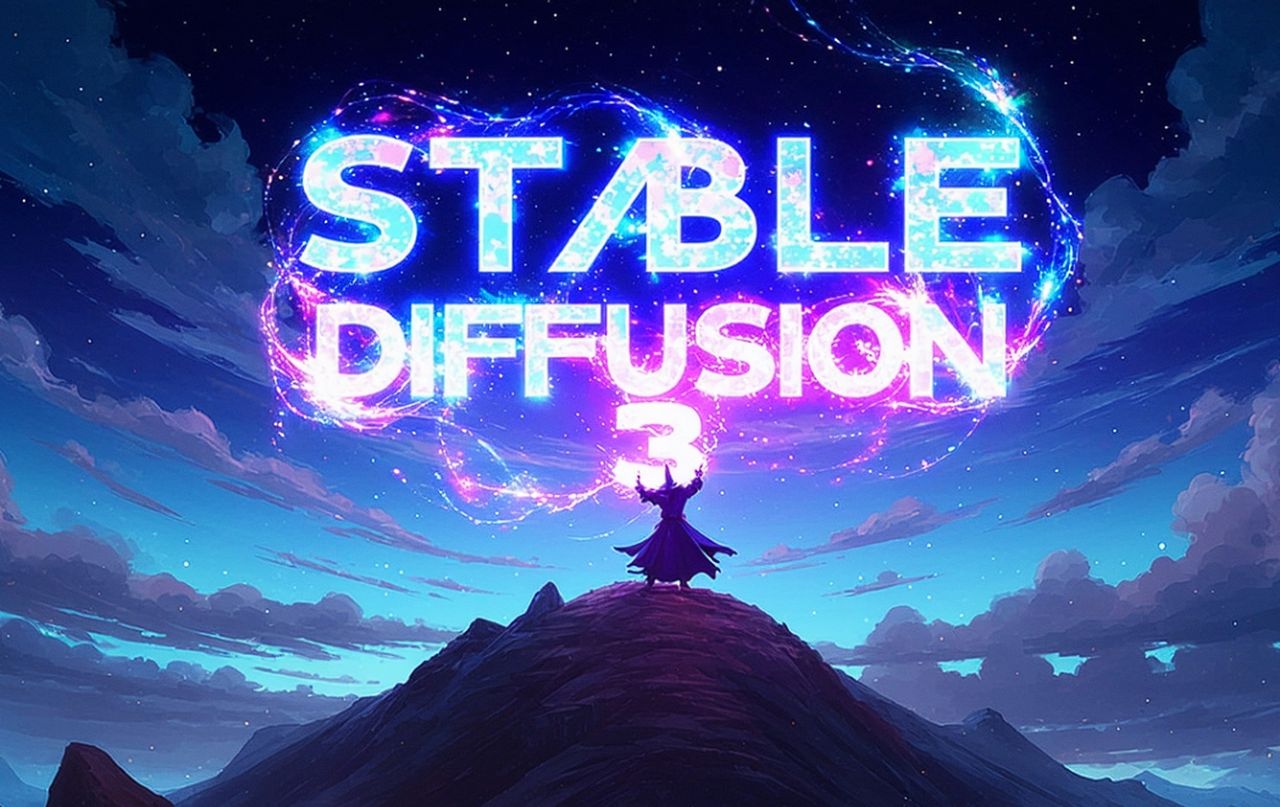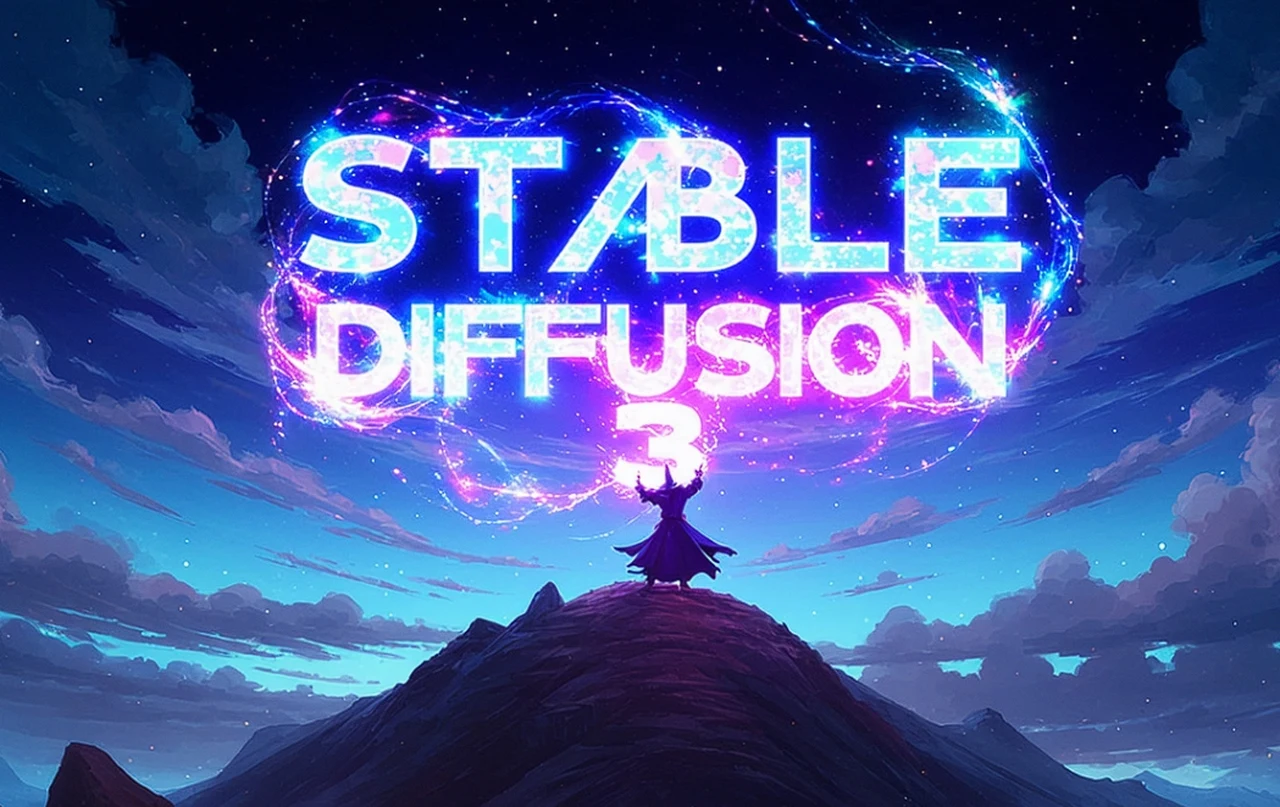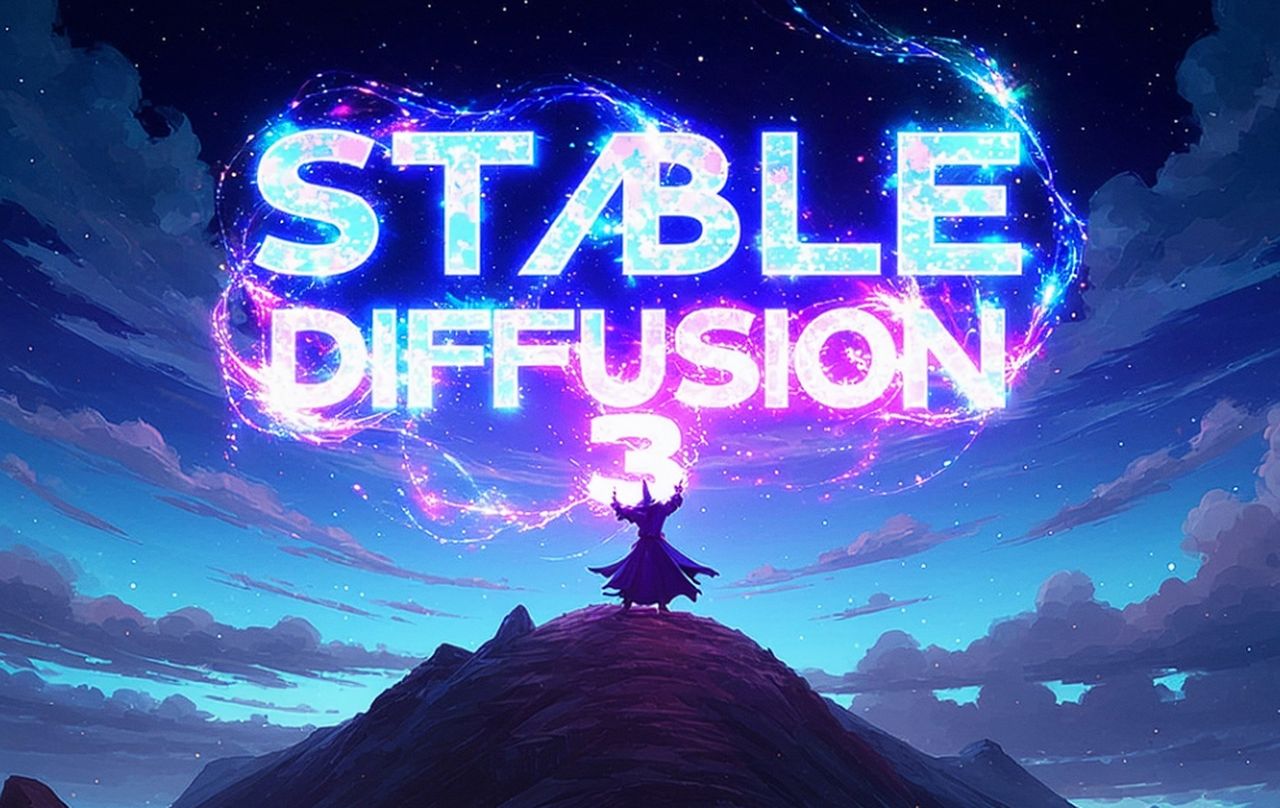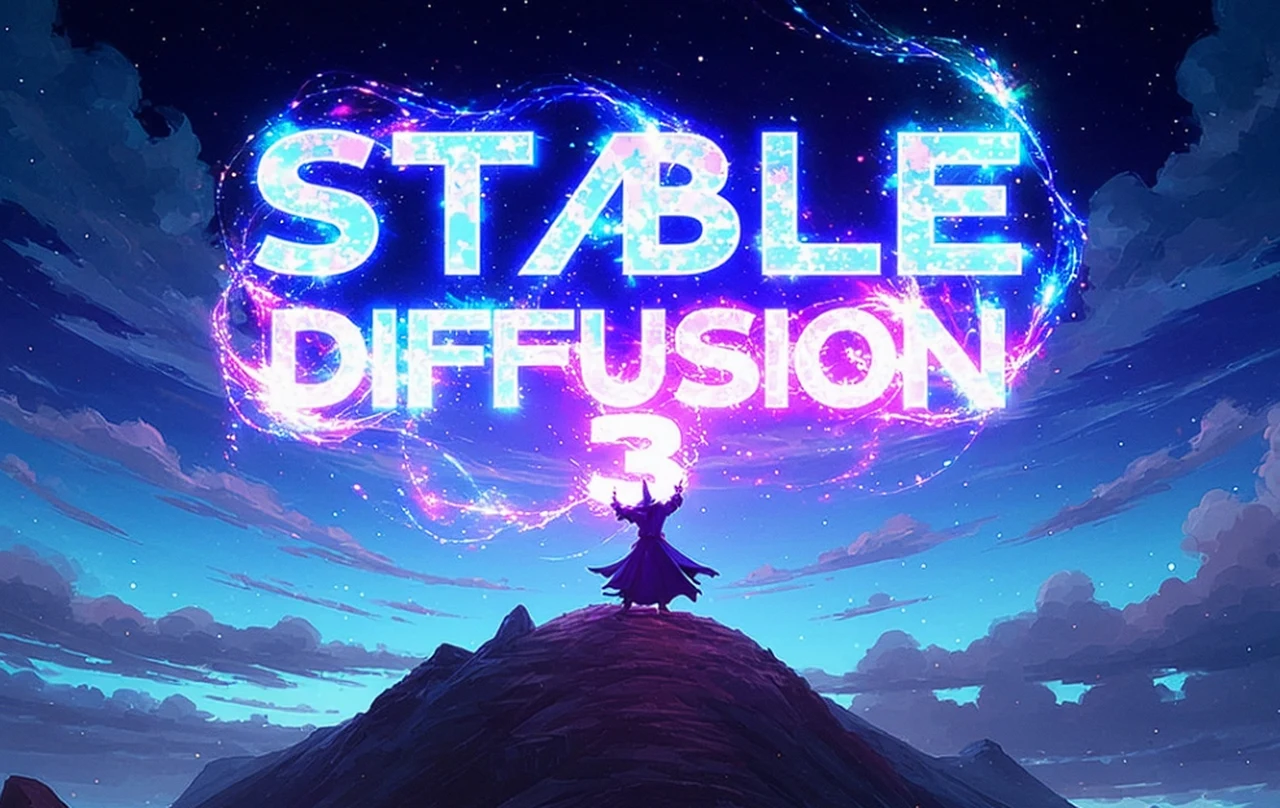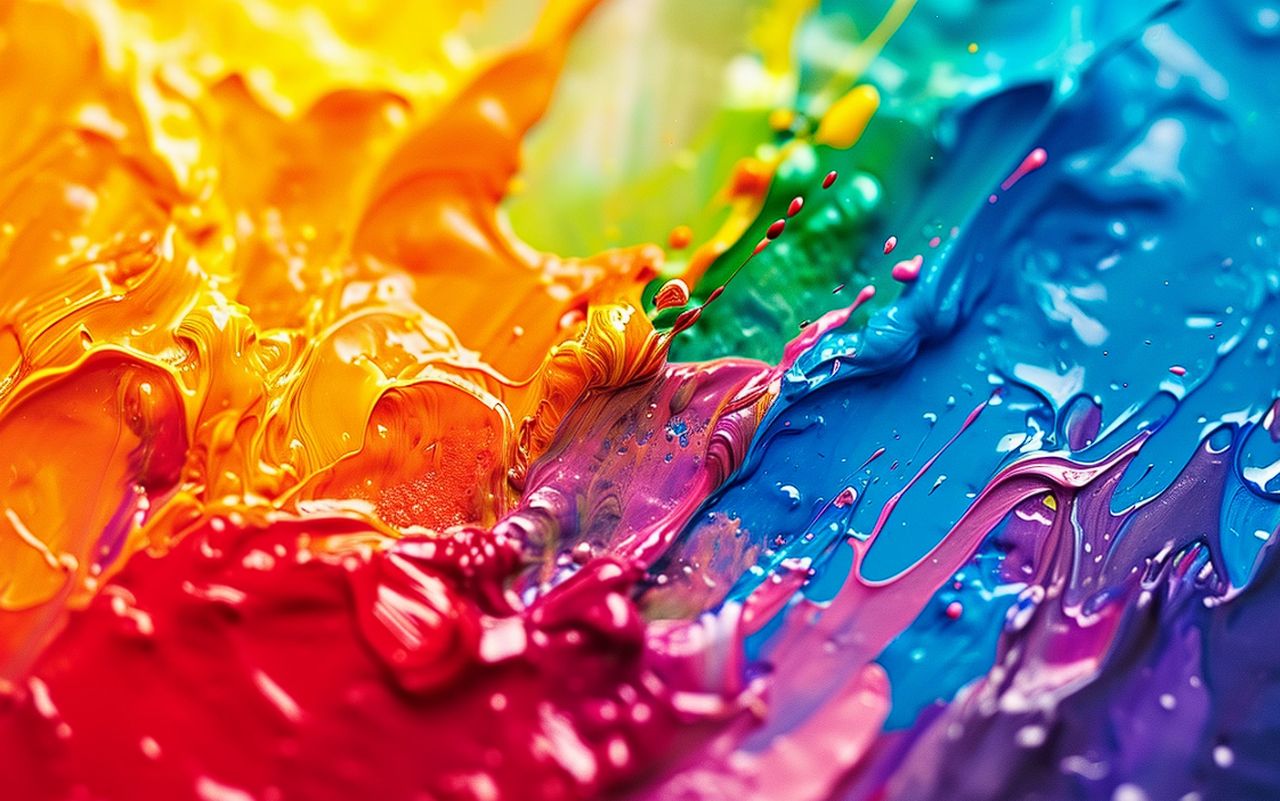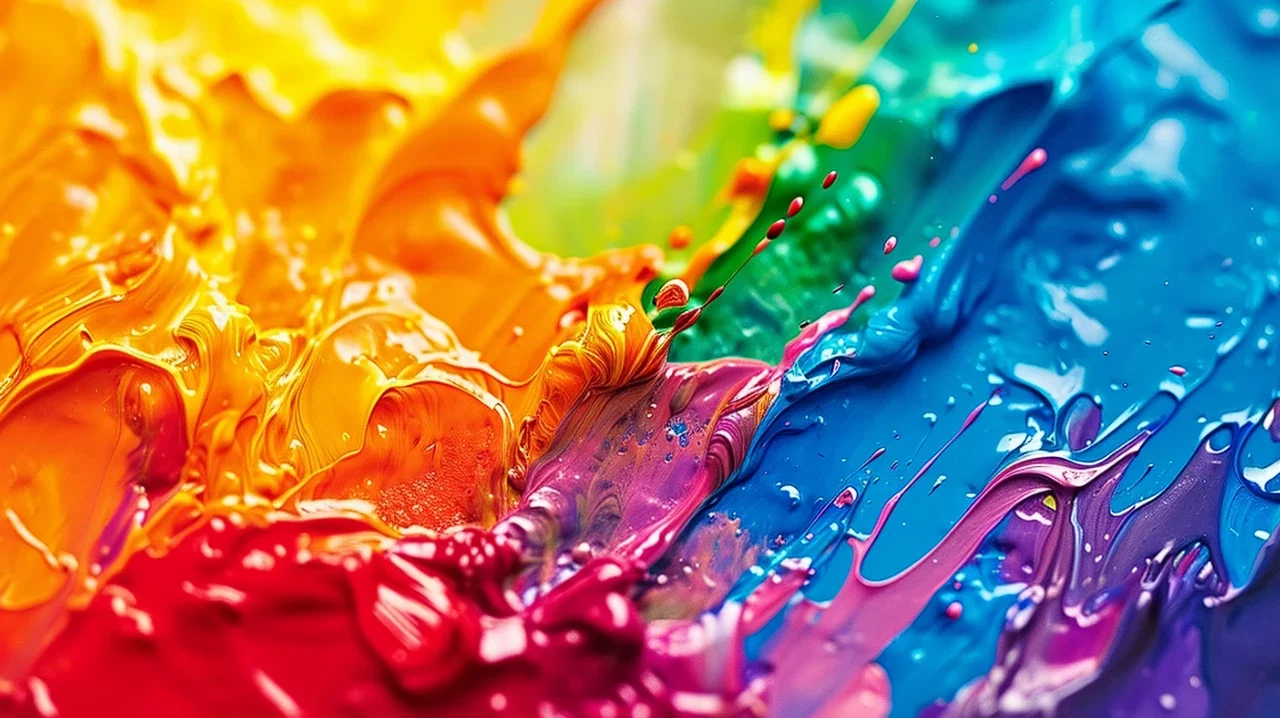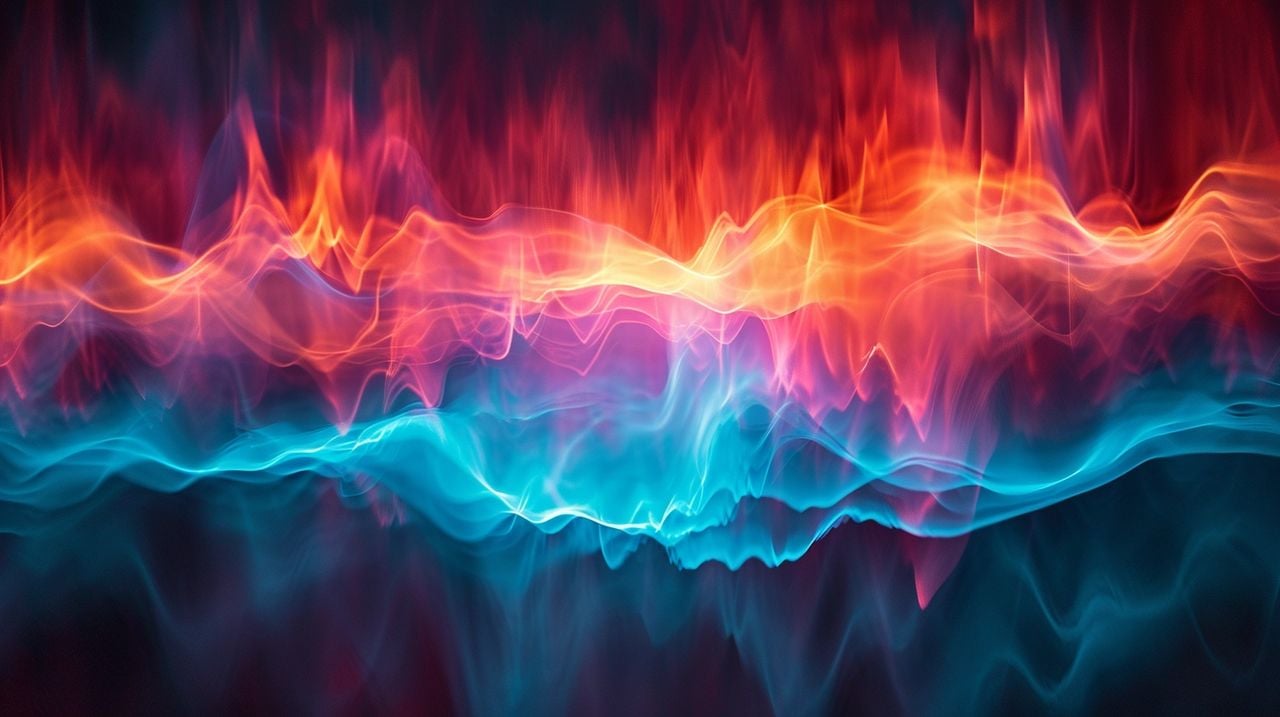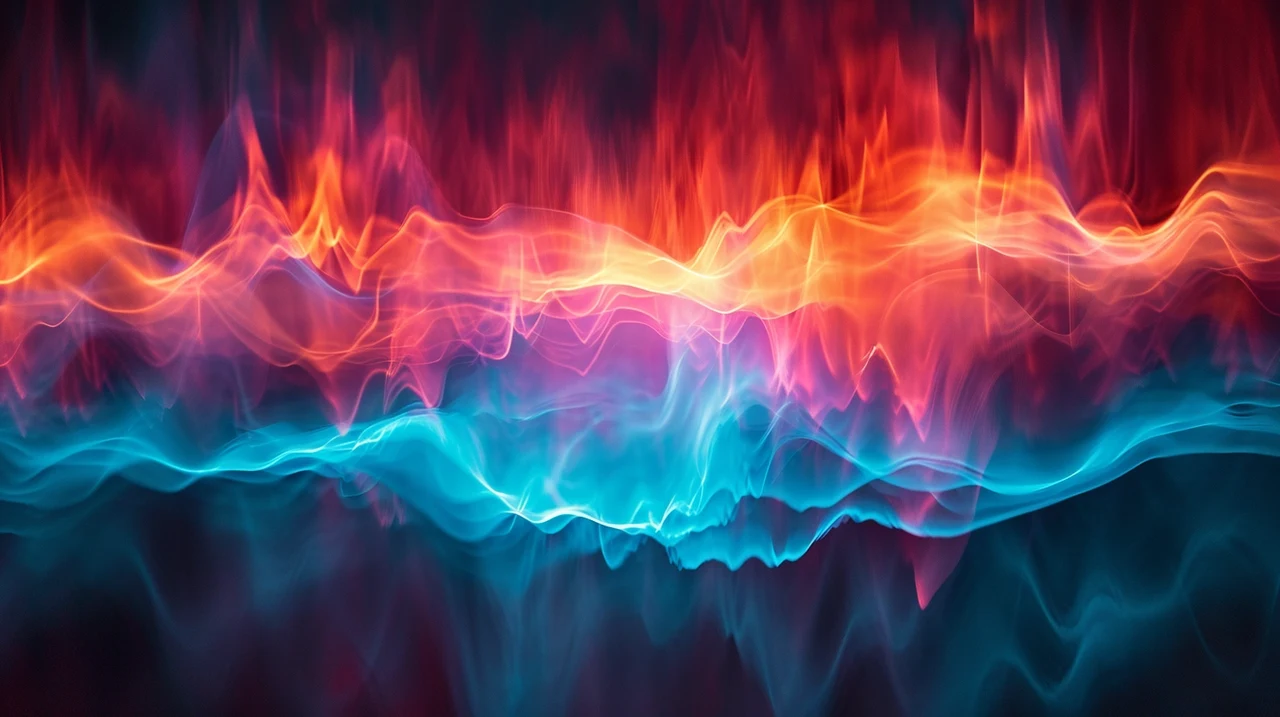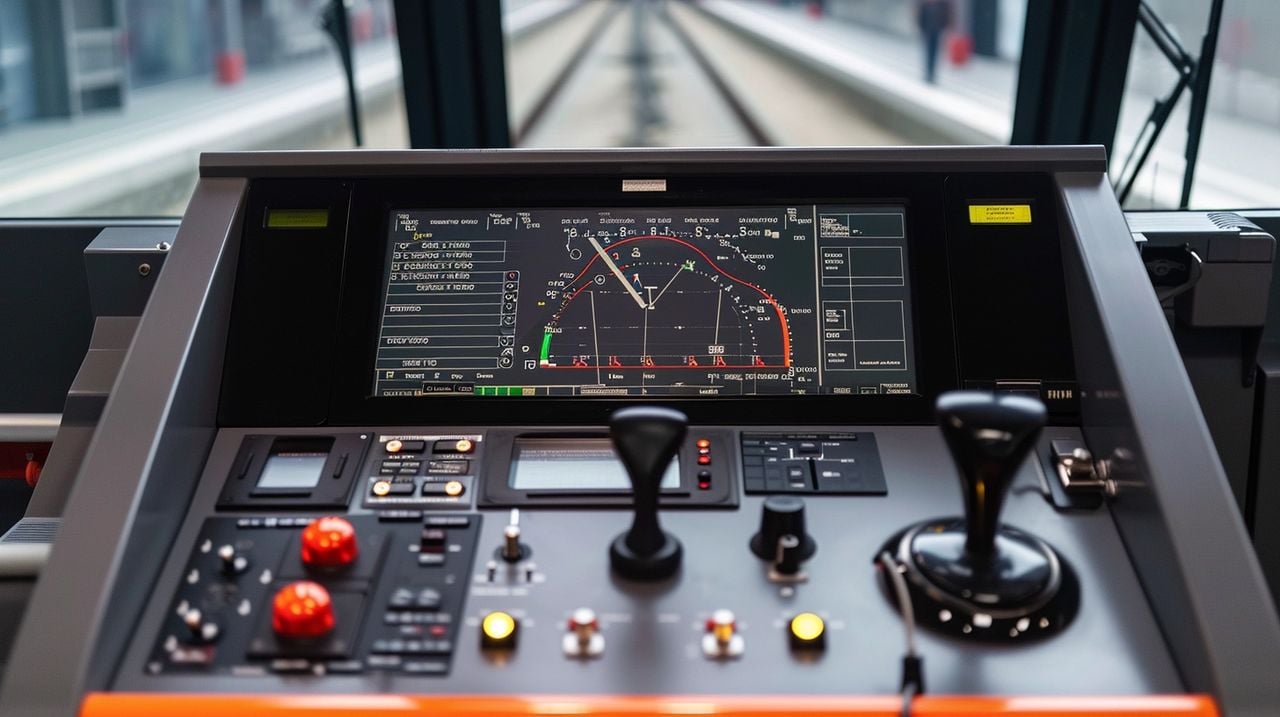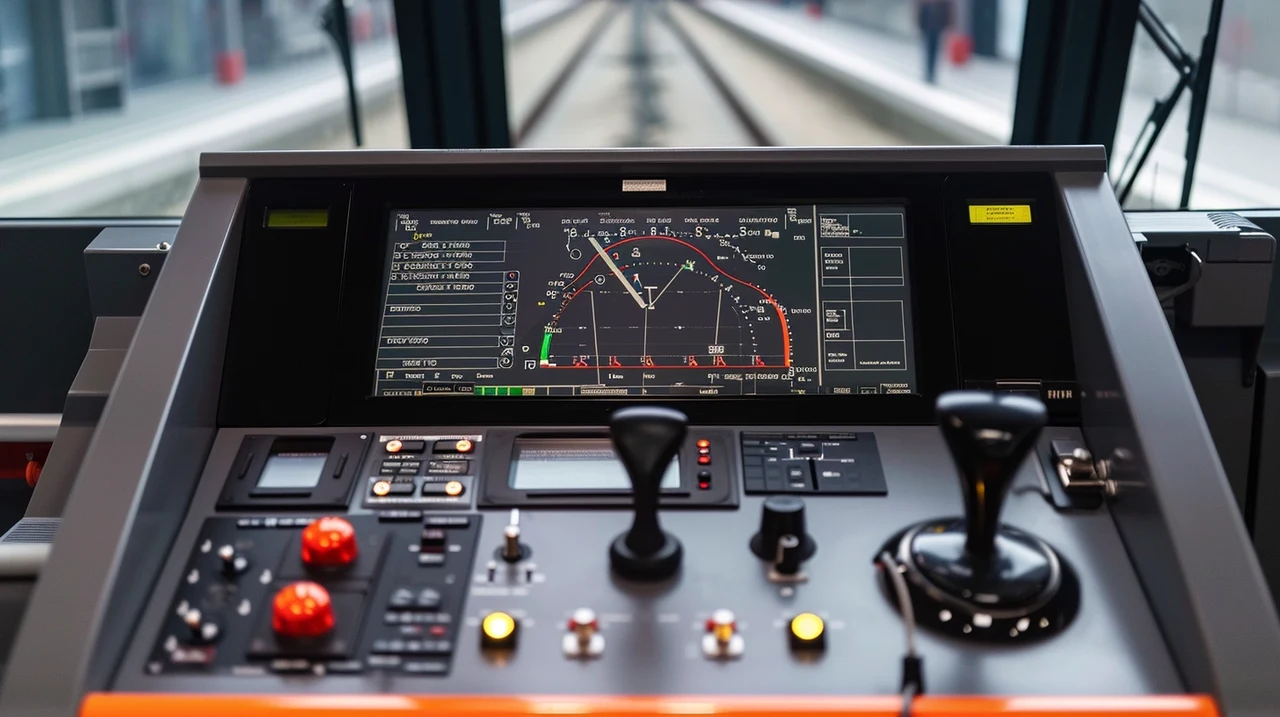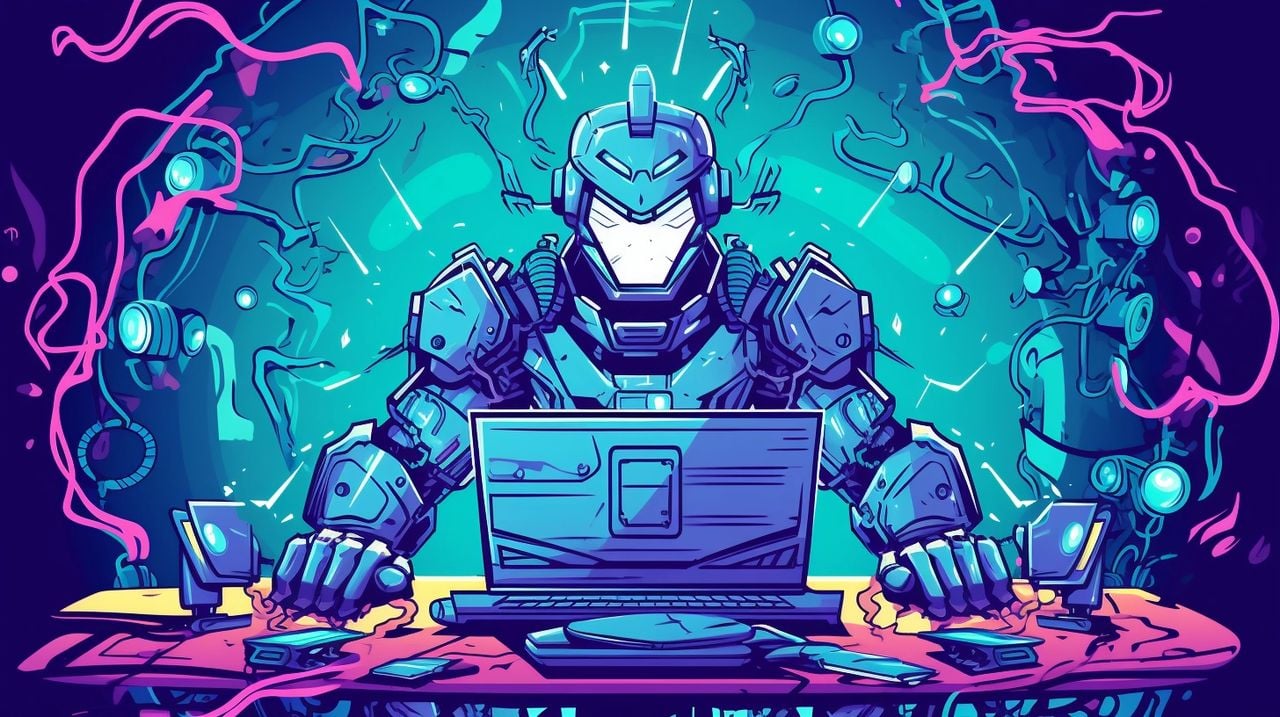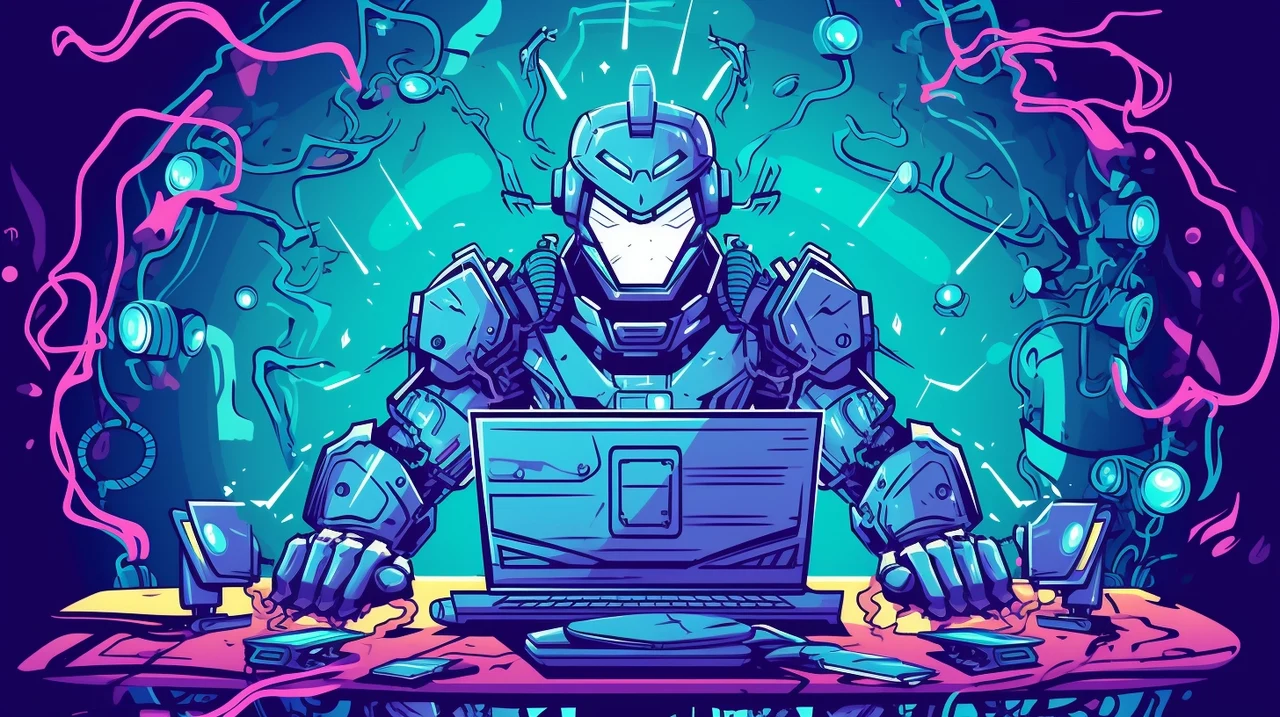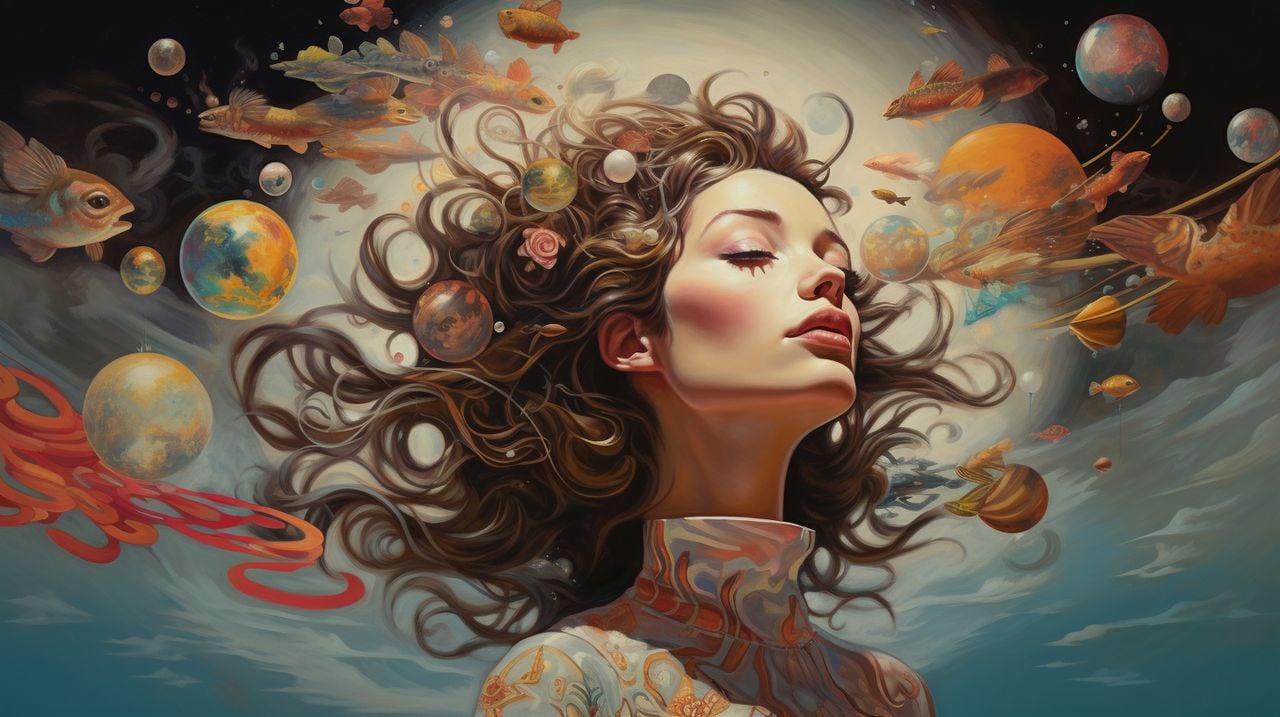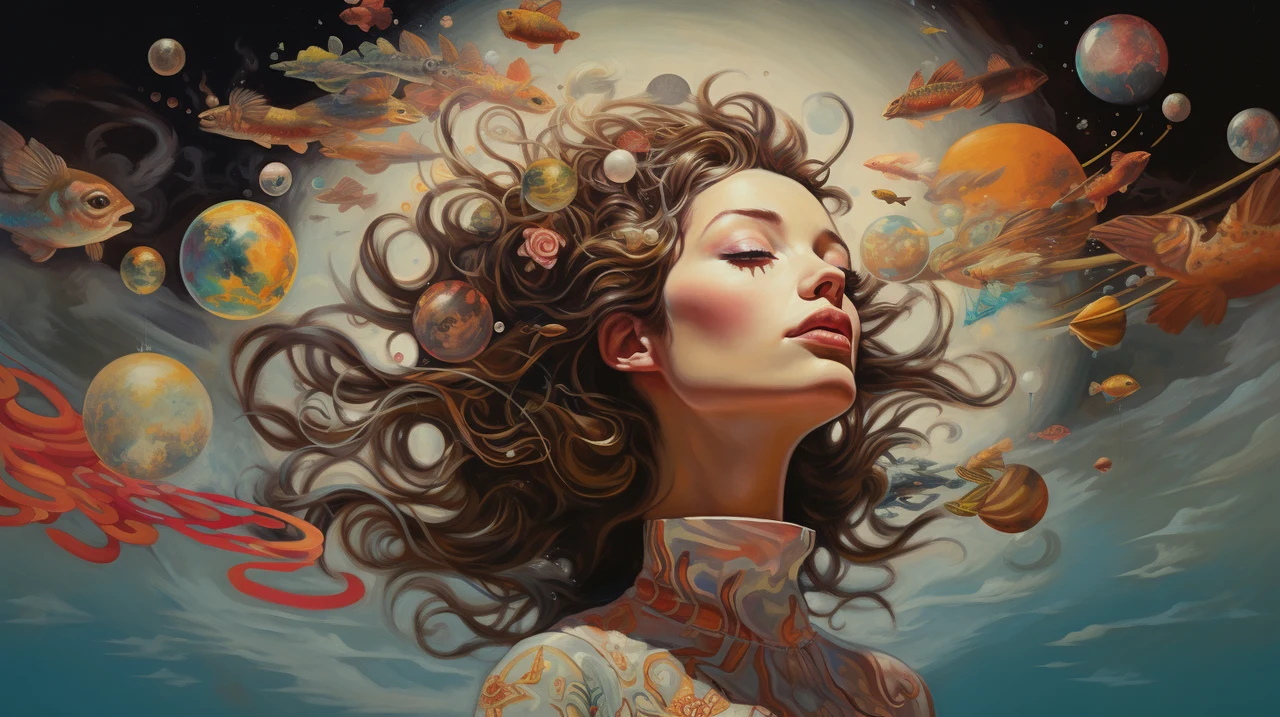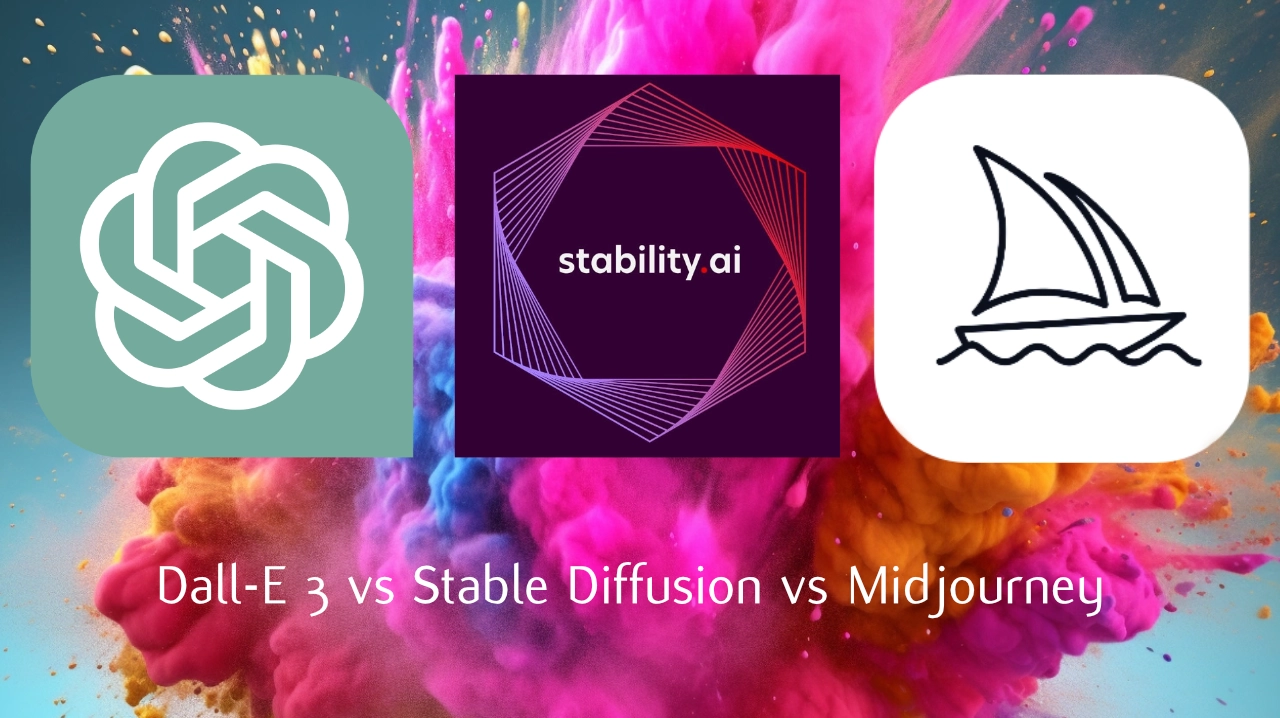
When comparing Dall-E 3, Stable Diffusion, and Midjourney, each of these AI models showcases distinct features and advancements in the realm of text-to-image generation. This comprehensive DallE 3 vs Midjourney vs Stable Diffusion guide will provide more information on what you can expect from the three major players in the artificial intelligence image generation field.
Dall-E 3 stands out with its deep integration with ChatGPT, allowing for a conversational approach to refining and brainstorming image prompts, which is a notable enhancement over its predecessor, DALL-E 2. The system’s ability to understand nuanced prompts and the collaborative feature with ChatGPT distinguishes it for users who prefer an iterative, dialogue-based process in creating visuals. Moreover, Dall-E 3 takes significant strides in ethical considerations, with mechanisms to prevent the generation of images in the style of living artists and limitations to mitigate harmful biases and misuse such as generating images of public figures or propagating misinformation.
Stable Diffusion and its iteration, Stable Diffusion XL, offer the power to generate photo-realistic and artistic images with a high degree of freedom and shorter prompts. Its capabilities such as inpainting, outpainting, and image-to-image transformations provide a robust set of tools for users to edit and extend images. Stability AI’s commitment to making Stable Diffusion open-source reflects an emphasis on accessibility and community-driven development.
Midjourney differs in its approach by utilizing Discord as a platform for interaction, making the technology widely accessible without specialized hardware or software. It caters to a variety of creative needs with the ability to generate images across a spectrum from realistic to abstract, and it is praised for its responsiveness to complex prompts. The variety of subscription tiers also makes it adaptable for different users and their varying levels of demand.
While Dall-E 3 may be preferred for its conversational interface and ethical safeguards, Stable Diffusion stands as a testament to open-source philosophy and versatility in image modification techniques. Midjourney, on the other hand, offers accessibility and convenience through Discord, along with flexible subscription options. The choice between these models would ultimately depend on the specific needs and preferences of the user, whether those lie in the nature of the interaction, the range of artistic styles, ethical considerations, or the openness and modifiability of the AI platform.
DallE 3 vs Midjourney vs Stable Diffusion
Other articles you may find of interest on the subject of artificial intelligence capable of generating images :
Quick reference summary
Dall-E 3:
- Integration with ChatGPT: Offers a unique brainstorming partner for refining prompts.
- Nuanced Understanding: Captures detailed prompt intricacies for accurate image generation.
- Ethical Safeguards: Includes features to decline requests for living artists’ styles and public figures.
- Content Control: Built-in limitations to prevent generation of inappropriate content.
- User Rights: Images created are user-owned, with permission to print, sell, or merchandise.
- Availability: Early access for ChatGPT Plus and Enterprise customers.
Stable Diffusion:
- Open Source: Planned open-source release for community development and accessibility.
- Short Prompts for Detailed Images: Less detail needed in prompts to generate descriptive images.
- Editing Capabilities:
- Inpainting: Edit within the image.
- Outpainting: Extend the image beyond original borders.
- Image-to-Image: Generate a new image from an existing one.
- Realism: Enhanced composition and face generation for realistic aesthetics.
- Beta Access: Available in beta on DreamStudio and other imaging applications.
Midjourney:
- Platform: Accessible through Discord, broadening availability across devices.
- Style Versatility: Capable of creating images from realistic to abstract.
- Complex Prompt Understanding: Responds well to complex and detailed prompts.
- Subscription Tiers: Offers a range of subscription options, with a 20% discount for annual payment.
- Under Development: Still in beta, with continuous improvements expected.
- Creative Use Cases: Suitable for various creative professions and hobbies.
Each of these AI-driven models provides unique attributes and tools for creators, offering a range of options based on their specific creative workflow, ethical considerations, and platform preferences.
More detailed explanations
DallE 3
DALL-E 3 marks a significant upgrade in the realm of text-to-image AI models, boasting an enhanced understanding of the subtleties and complexities within textual prompts. This improvement means that the model is now more adept at translating intricate ideas into images with remarkable precision. The advancement over its predecessor, DALL-E 2, is notable in that even when provided with identical prompts, DALL-E 3 produces images with greater accuracy and finesse.
A unique feature of DALL-E 3 is its integration with the conversational capabilities of ChatGPT, effectively creating a collaborative environment where users can refine their prompts through dialogue. This allows for a more intuitive and dynamic process of image creation, where the user can describe what they envision in varying levels of detail, and the AI assists in shaping these descriptions into more effective prompts for image generation.
Pricing and availability
DallE 3 is currently available to ChatGPT Plus and Enterprise customers, the technology remains not only accessible but also gives users full ownership of the images they create. This empowerment is critical as it enables individuals and businesses to use these images freely, without the need for additional permissions, whether it’s for personal projects, commercial use, or further creative endeavors.
With ethical considerations at the forefront, DALL-E 3 comes with built-in safeguards to navigate the complex terrain of content generation. In a proactive stance, it is programmed to reject requests that involve replicating the style of living artists, addressing concerns about originality and respect for creators’ rights. Additionally, creators can choose to have their work excluded from the datasets used to train future models, giving them control over their contributions to AI development.
OpenAI has also implemented measures to prevent the production of content that could be deemed harmful or inappropriate. This includes limiting the generation of violent, adult, or hateful imagery and refining the model to reject prompts related to public figures. These improvements are part of a collaborative effort with experts who rigorously test the model’s output, ensuring that it does not inadvertently contribute to issues like propaganda or the perpetuation of biases.
DALL-E 3 extends its functionality within ChatGPT, automatically crafting prompts that transform user ideas into images, while allowing for iterative refinement. If an image generated does not perfectly match the user’s expectation, simple adjustments can be communicated through ChatGPT to fine-tune the output.
OpenAI’s research continues to push the boundaries of AI’s capabilities while also developing tools to identify AI-generated images. A provenance classifier is in the works, aiming to provide a mechanism for recognizing images created by DALL-E 3. This tool signifies an important step in addressing the broader implications of AI in media and the authenticity of digital content.
Midjourney
Midjourney represents a new horizon in the field of generative AI, developed by the independent research lab Midjourney, Inc., based in San Francisco. This innovative program has been designed to create visual content directly from textual descriptions, a process made user-friendly and remarkably intuitive. Much like its contemporaries in the AI space, such as OpenAI’s DALL-E and Stability AI’s Stable Diffusion, Midjourney harnesses the power of language to shape and manifest visual ideas.
The service is remarkably accessible, utilizing the popular communication platform Discord as its interface. This means users can engage with the Midjourney bot to produce vivid images from textual prompts almost instantaneously. The convenience is amplified by the fact that there’s no need for additional hardware or software installations — a verified Discord account is the only prerequisite to tapping into Midjourney’s capabilities through any device, be it a web browser, mobile app, or desktop application.
Pricing and availability
Subscription options are varied, allowing users to choose from four tiers, with the flexibility of monthly payments or annual subscriptions at a discounted rate. Each tier offers its own set of features, including access to the Midjourney member gallery and general commercial usage terms, broadening its appeal to different user groups and usage intensities.
Midjourney’s versatility is one of its standout features. The AI is capable of generating a spectrum of styles, from hyper-realistic depictions to abstract and surreal visuals. This adaptability makes it a potent tool for a wide array of creative professionals, including artists, designers, and marketers. The potential uses are extensive, from generating lifelike images of people and objects to crafting abstract pieces, designing product prototypes, developing visual concepts for marketing, and providing illustrations for books and games.
Currently in beta, Midjourney is on a trajectory of ongoing improvement and development and has recently started rolling out its new website which features a wealth of new innovations and design elements. This phase allows for continuous refinements and enhancements to its capabilities, reflecting a dynamic and responsive approach to user feedback and technological advances.
The unique strengths of Midjourney lie in its diversity of styles and its ability to interpret and act on complex prompts, distinguishing it in the AI-driven creative landscape. As it evolves, Midjourney has the potential to significantly alter the way visual content is created and interacted with, offering a glimpse into a future where the boundary between human creativity and artificial intelligence becomes increasingly seamless.
Stable Diffusion
Stable Diffusion stands as a landmark development in the field of AI-generated artistry, embodying a powerful text-to-image diffusion model. This model distinguishes itself by being capable of generating images that are not just high quality but also strikingly photo-realistic. It is crafted to democratize the process of art creation, offering the means to produce captivating visuals from text prompts to a broad audience at an unprecedented speed.
The introduction of Stable Diffusion XL marks a notable leap forward in the model’s evolution. This enhanced version streamlines the process of creating complex images, as it requires less detailed prompts to produce specific and descriptive visuals. A unique aspect of Stable Diffusion XL is its ability to integrate and generate text within the images themselves, broadening the scope of how images can be created and the stories they can tell. The improvements in image composition and the generation of human faces contribute to outputs that are not only impressive in their realism but also in their artistic quality.
As Stable Diffusion XL undergoes beta testing on platforms like DreamStudio, it reflects Stability AI’s commitment to not only push the boundaries of AI capabilities but also to make such advancements widely available. Dream Studio is available to use for free and is capable of generating 512×512 images generated with SDXL v1.0 will be generated at 1024×1024 and cropped to 512×512. By releasing these models as open-source, Stability AI ensures that creators, developers, and researchers will have the freedom to build upon, modify, and integrate the model into a diverse range of applications.
The utility of Stable Diffusion XL is further enhanced by features such as inpainting and outpainting. Inpainting allows users to make detailed edits within the image, thereby providing a tool for nuanced adjustments and corrections. Outpainting, on the other hand, gives the user the creative leverage to expand the image canvas, effectively extending the visual narrative beyond its original borders. Moreover, the image-to-image feature takes an existing picture and transforms it in accordance with a new prompt, thereby opening up avenues for iteration and transformation that can lead to the evolution of a single concept through multiple visual variations.
Stable Diffusion XL’s capabilities represent a blend of technical sophistication and user-friendly design, offering a canvas for both experienced artists and newcomers to explore their creativity without the limitations imposed by traditional artistic mediums. As it moves towards open-source release, Stable Diffusion XL is set to become a cornerstone in the AI-driven creative landscape, influencing not only how art is made but also how it is conceptualized in the age of AI.
Filed Under: Guides, Top News
Latest timeswonderful Deals
Disclosure: Some of our articles include affiliate links. If you buy something through one of these links, timeswonderful may earn an affiliate commission. Learn about our Disclosure Policy.



